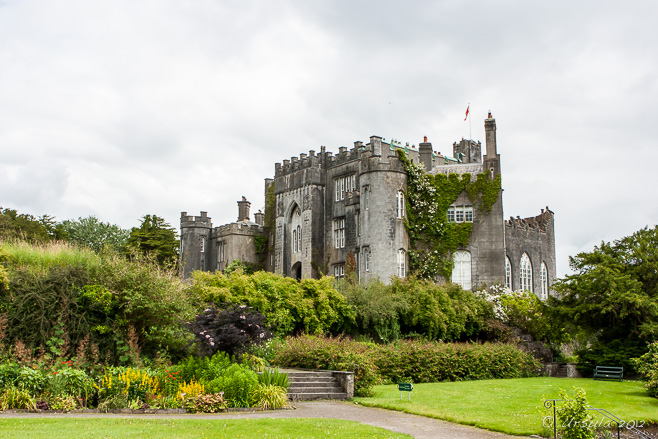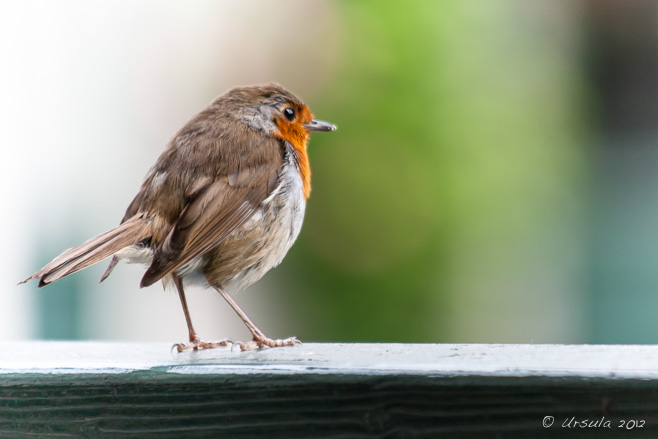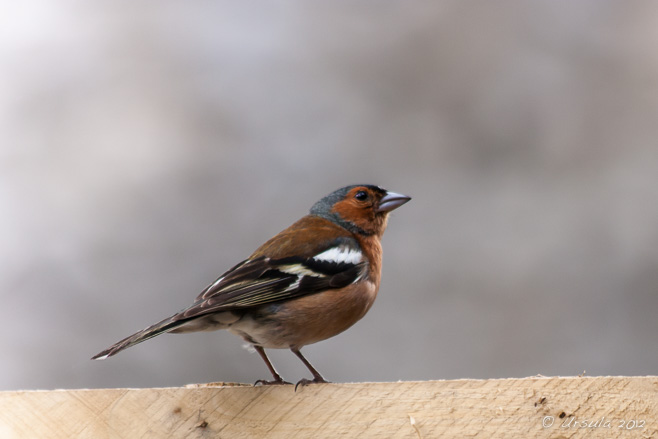
Birr Castle and Gardens
Like something from a fairy tale, Caisleán Bhiorra (Birr Castle) sits, ivy- and rose-covered, amid the greenery of its expansive gardens.
Can you imagine living in a castle? A castle with roses climbing up the walls? A castle that looks like something out of a old fairy tale?
In 1620, governance of the village of Birr in County Offaly, Ireland; old Birr Castle; and 1,277 acres (5.2 km2) of land were given to Sir Laurence Parsons. Sir Laurence, grandson of one of the five Parsons brothers who moved to Ireland from England in the late 16th century, commissioned the building of a new castle.
And so it is that Birr Castle, dating back to the 1600’s, with some alterations and refurbishments, continues as the family home of William Clere Leonard Brendan Parsons, 7th Earl of Rosse (known as Brendan) – descendent of Sir Lawrence, husband, father of three, grandfather, and an Irish peer since 1979.
Much of the grounds that belonged to the castle – the “Demesne” (or domain, from the Latin dominus, “lord, master of a household”) – was originally landscaped in the 18th century by the 3rd Earl of Rosse, Sir William Parsons. Over the years, the family collected and cultivated one of the richest collections of exotic trees and shrubs to be found in one place. Today, 50 hectares (123.6 acres) of parkland, formal gardens and waterways are administered by the Birr Scientific and Heritage Foundation and are open to the public.

Irish Robin
The castle’s old stable block now houses a café, a shop, and Ireland’s Historic Science Centre. As we drank our coffee outside, an Irish robin welcomed us.

Irish Finch
A finch also hangs around, hoping for crumbs.

Inside Ireland’s Historic Science Centre
In addition to having an interest in botany, the 3rd Earl of Rosse (1800 – 1867) was an astronomer. His wife Mary Rosse, Countess of Rosse, was a pioneering photographer, …

Perpetual Motion Machine
… and Birr Castle was a centre of scientific discovery and innovation. The restored Stable Block houses an extensive collection of astronomical instruments, cameras, photographs, and photographic equipment belonging to the family in the middle and late 1800s.

Telescope Lenses
Larger lenses were central to the development of larger telescopes; …

The Leviathan
… and during the 1840s, Parsons was able to build the Leviathan of Parsonstown, a 72-inch (6 feet/1.83 m) telescope.

72-Inch Reflecting Telescope
Until the early 20th century, the Leviathan was the world’s largest telescope by aperture size.

Telescope Machinery
Lord Rosse made a number of astronomical discoveries with this (now restored) telescope.

Telescope Housing
Dismantled in 1914, the telescope was restored in the 1990s with the help of Mary Rosse’ original photographs. Still in working condition, it stands against a rainy sky as a magnificent example of engineering achievement.

Bridge in the Demesne
It is an enjoyable walk, meandering around the castle grounds.

Flowers in the Demesne
The flowers thrive in the rainy weather.

Summer Blossoms in the Demesne

Gardener
The Demesne gardens, under the care of the Birr Scientific and Heritage Foundation, are beautifully maintained.

Bridge In the Demesne
Closed to the public, the wrought-iron suspension bridge, dating from 1820, is said to be the oldest in Ireland.

Field Roses (Rosa arvensis)
The wild roses are in bloom all around the castle…

Private Stairs
… gaining access where we cannot…

Dog Roses (Rosa canina) Climbing
… and climbing up the walls, making the castle look like something out of a faerie tale.

Kitchen Window

Birr Castle
Leaving the castle and gardens behind, we return to our car and the real world.

Personally, I can’t imagine living in a castle – especially one as imposing as Birr –
But, I’d settle for a cottage in the garden!
Sláinte!
Pictures: 04July2012























.png)


[…] spent the morning at the ruins of a centuries-old monastery (Clonmacnoise) and a lived-in castle (Birr Castle), and we were looking for the home of the world-famous Irish whiskey, Tullamore Dew, to round […]